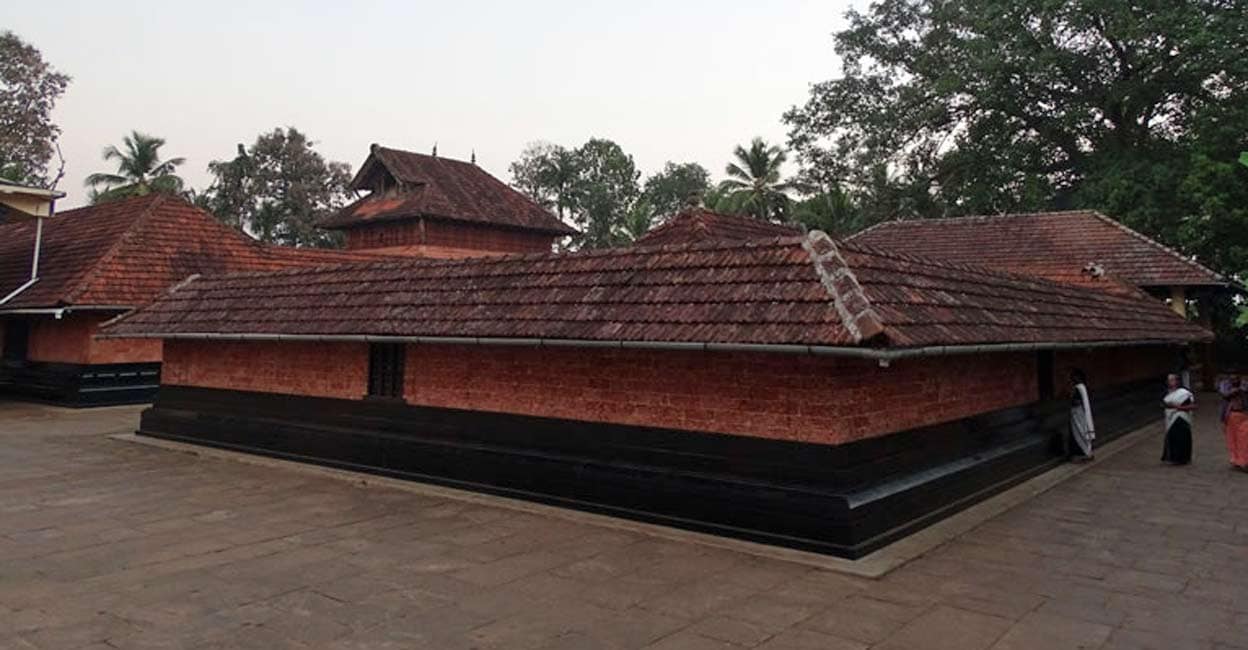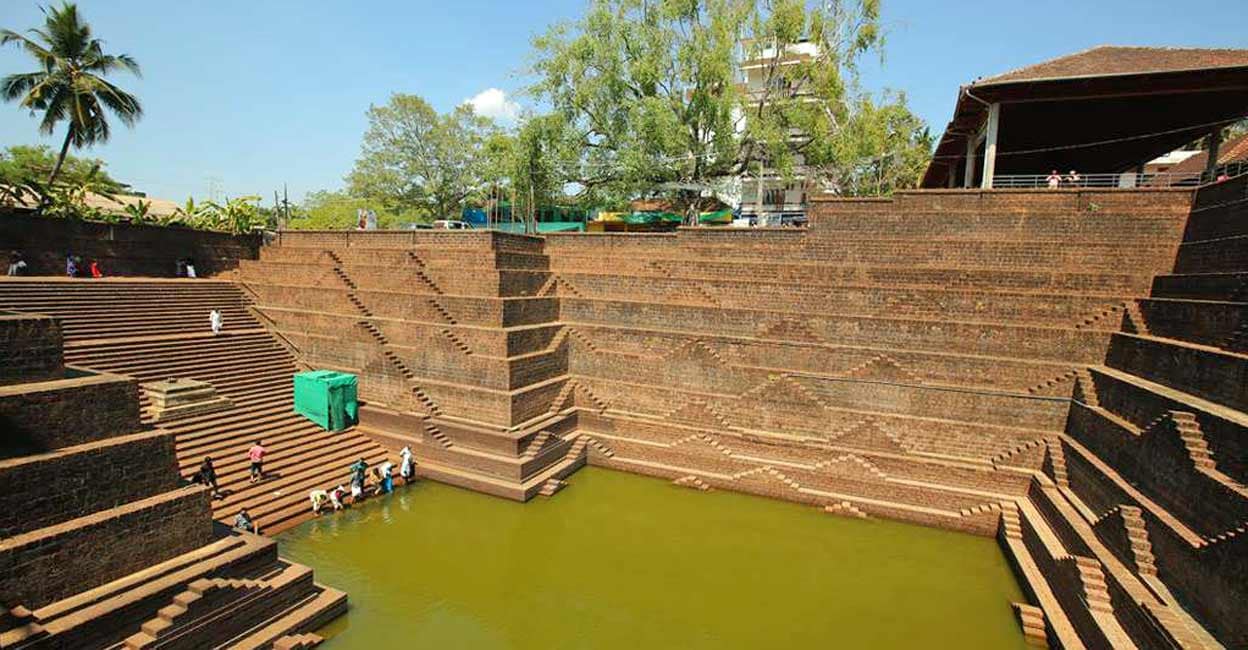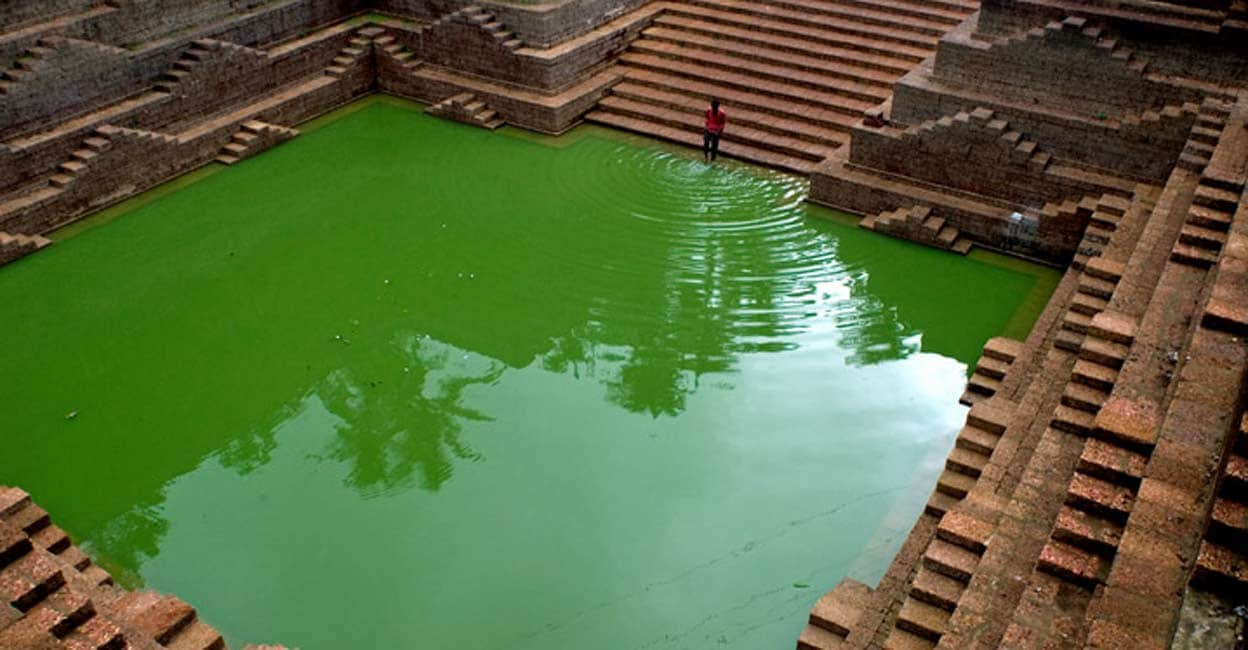What legend says about the famous Peralassery Subramanya temple in Kannur

Mail This Article
The North Malabar region in Kerala never pales before any other tourist destination in the world when it comes to natural beauty, age-old customs and rituals, mouthwatering cuisines and historical monuments. But sadly only a few travellers among the thousands of tourists reaching the shores of Kerala visit the northern districts of Kannur and Kasaragod. The main attractions of Kannur are the sacred groves where Theyyams, a ritualistic art form, is performed, the pristine beaches, the rolling mountains, the delectable food, an array of rituals and customs, and nonpareil historical memorials. But this current journey is to a famous temple.

The beautiful Peralassery Subramanya Swami temple is situated on the banks of the Anjarakandy River in Kannur. Like the Palani temple in Tamil Nadu, the Peralassery temple, which is known for the worship of ‘nagas’ (serpents), faces the west. Thousands of devotees flock to the temple for the 7-day festival conducted every year in the Malayalam month of ‘Dhanu’ (December-January). Moreover, tourists also visit the temple that is replete with interesting legends to enjoy its amazing architecture.
Unique stepwell and hanging bridge
The Anjarakandy River flows calmly on the eastern side of the temple and an attraction of the region is the hanging bridge across the water body. A pond with peculiar steps to reach the water is situated in 75cents of land on the south-west side of the place of worship. The pond was built following the designs of stepwells found in states such as Tamil Nadu, Karnataka, Gujarat and Rajasthan. The pond is known as Ayanivayal Kulam and was renovated 2001. It is worth noting that the pond had been featured in many films and albums.

When Kaveri waters reach the pond
The main festival of the Peralassery temple is conducted between 5 and 12 of the Malayalam month of ‘Dhanu’. During the festive season, temple art forms such as ‘Thayambaka’, ‘Irattathayambaka’, ‘Chakyarkoothu’, ‘Pattakam Ottam thullal’ and ‘Kathakali’ are performed on the temple premises.
The ‘Thula Sankramam’ (Libra Solistice), which falls in the Malayalam month of Thulam (October-November), is also an auspicious day for the temple. It is believed that water from the Kaveri River flows into the pond during ‘Thula Sankramam’, which is also known as ‘Kaveri Sankramam’.

Lord Ram’s ‘Peruvala’ and Lord Subramanya as serpent
Legend has it that the temple is as old as the forest exile of Lord Ram. It is believed that Lord Ram had consecrated the idol of the temple and at that time it was an Ayyappa temple.
According to mythology, Lord Subramanya was leading a solitary life in the form of a serpent in the dry well of the Peralassery Ayyappan kavu as atonement for incarcerating Brahma. The serpents held their hood to protect Lord Subramanya from the searing heat of the sun and rain. Lord Ram along with Hanuman and Lakshman came to know about the presence of Lord Subramanya when they reached Peralassery. Lord Ram decided to install an idol of Lord Subramanya at the temple and asked Lord Ayyappa to grant permission.
Lord Ayyappa told Sree Ram that he will give his main sanctum sanctorum to install the idol of Lord Subramanya and asked to give him a space on the southern side of the temple. Later, Lord Ram asked Hanuman to bring an ideal stone to be consecrated as the idol. As Hanuman failed to turn up before the auspicious moment, Lord Ram removed his ‘peruvala’ (great bangle) and installed it as the idol of Lord Subramanya. At that time, Hanuman arrived with the holy stone.
Hanuman tried to remove the bangle and install the stone as idol but the ‘peruvala’ was found to be too heavy even for Hanuman. Moreover, a serpent, which came from nowhere, had spread its hood and swayed above the ‘peruvala’. Lord Ram who realized that it was Lord Subramanya who came in the form of serpent announced that the consecration of the idol was over. That’s how the place where Lord Ram’s ‘peruvala’ was installed came to be known as ‘Peruvalassery’ and later the appellation got shortened to Peralassery.
Meanwhile, Hanuman built a temple nearby and installed the stone brought by him as an idol there. As Hanuman, who is a ‘markadan’ (monkey) had installed the idol, the place was called ‘Markadassery’ and later it became Makreri. It is said visit to the Peralassery temple will be complete only after paying obeisance at the Makreri temple.
The temple deities
The idol of Lord Subramanya is six feet tall and is carved from stone. History has it that the temple was destroyed during the invasion by Tipu Sultan, and now the idol of the temple is attached to a silver sphere. The other deities, which have equal importance, of the temples include ‘Nagas’, Ayyappa, Ganpathi and Badrakali.
Main offerings
An Ashoka tree could be found on the temple premises and below the tree there is a snake pit. The pilgrims offer eggs and milk to the snakes living in the pit with great piety so that the devotees are cured of various diseases. There are many pujas and offerings in the temple to please the serpent gods. It is noteworthy that people from all religions can offer prayers at the temple.

